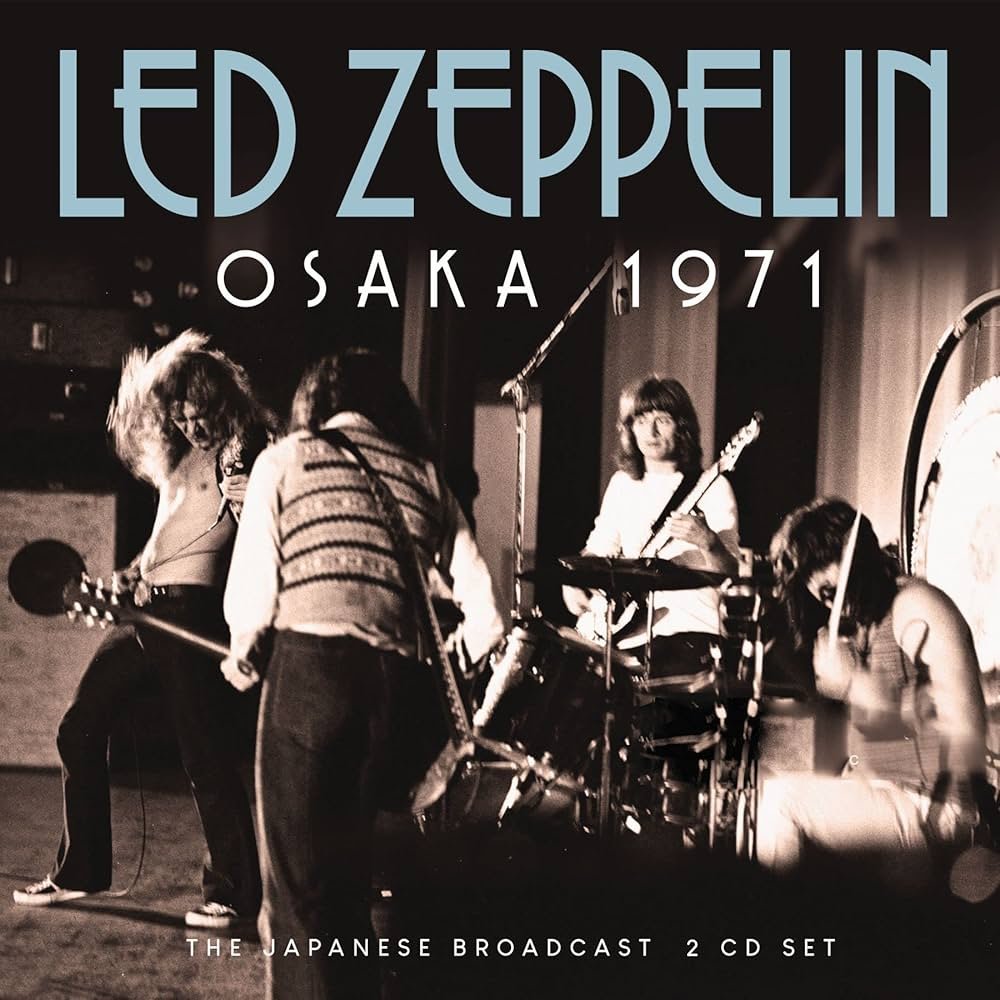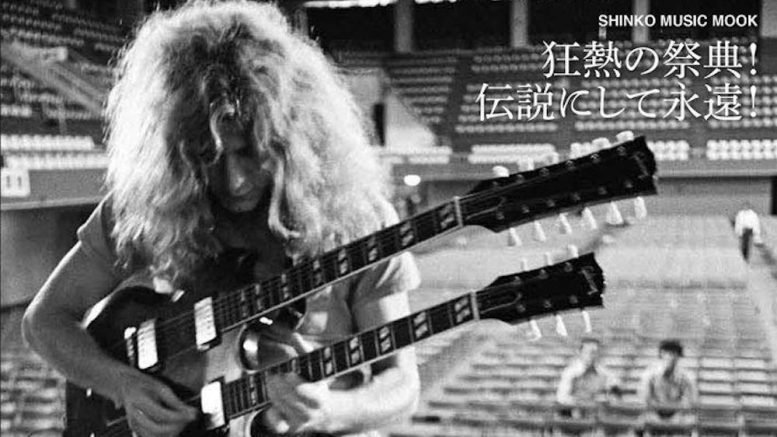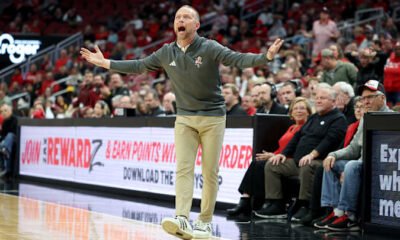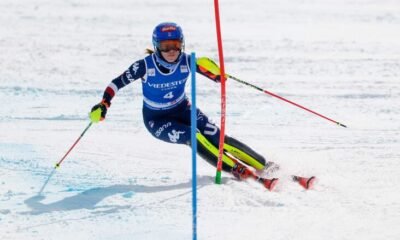Blog
“Rising Sun, Rising Zepp: Led Zeppelin’s Japanese Masterclass”
Introduction – The Sound that Lit Up the Rising Sun (≈120 words)
In late September 1971, Led Zeppelin crossed the water into Japan—a land both steeped in tradition and bursting with futuristic promise. From the moment they set foot in Tokyo, the band encountered something unique: a devotion to rock music as fervent as anything they’d seen. Over five legendary shows, they delivered performances that would become part of rock lore—a harmonic fusion of Plant’s ethereal wail and Page’s incendiary guitar. Less than a year later, they returned—with new material, mellotrons, double-neck guitars, and a boldness that turned their 1972 Japan tour into one of the most celebrated live runs in history.
Trailblazing Beginnings – The 1971 Debut Tour (≈200 words)
Led Zeppelin’s first foray into Japan—a relatively uncharted destination for Western rock bands—unfolded between September 23 and 29, 1971, with shows in Tokyo, Osaka, and even Hiroshima. Among the standout setlist features: extended medleys inside Whole Lotta Love, fan favorites like “Since I’ve Been Loving You,” “Black Dog,” “Stairway to Heaven,” and once-in-a-lifetime choices like only-ever-one-time “Friends” in Osaka. The band was visibly awed by the energy and modernity of Tokyo—Jimmy Page recalled a city bursting with futuristic promise, full of affordable cameras and hi-fi gear. These first shows didn’t just establish their popularity in Japan—they cemented them as global icons crossing new cultural borders.
Return to Conquest – The 1972 Tour Triumph (≈250 words)
By October 1972, Zeppelin was in full creative bloom. Fresh off the recording of Houses of the Holy, they unleashed new songs like “The Song Remains the Same” and “The Rain Song” live for the first time, with Page wielding his iconic double-neck Gibson for both. John Paul Jones introduced the mellotron to the mix, adding orchestral textures to “Stairway to Heaven,” “Rain Song,” and even an organ-accompanied “Thank You,” while experimenting with an arco stand-up bass during “Bron-Yr-Aur Stomp”.
Over six powerhouse shows across Tokyo, Osaka, Nagoya, and Kyoto (Oct 2–10), Zeppelin rolled through an electrifying setlist peppered with early Zeppelin staples and new epics—resetting the bar for live rock performance. The intricate setlists included everything from “Dazed and Confused” with extended versions like “The Crunge,” to “Moby Dick” drum showcases and medley peaks during “Whole Lotta Love” that occasionally included everything from “Stand By Me” to classic rock’n’roll covers.
One fan on Reddit called it “Led Zeppelin’s peak as a live band… a master class in live rock music”. Another noted the vocal strain creeping into Plant’s delivery—especially on early tracks—yet observed that once warmed up, his voice returned to familiar heights.
Offstage: Culture, Cuisine, & Candid Moments (≈150 words)
Between shows, Robert Plant and Jimmy Page ventured into the vibrant pulse of Japanese life. Though detailed anecdotes are sparse, it’s widely recalled that they indulged in local cuisine, immersed themselves in cultural landmarks, and soaked up the spirit of a society as enamored with modern wonders as they were with Zeppelin’s music. John Paul Jones even bought a koto—Japan’s traditional string instrument—during the 1972 tour, reflecting a deeper admiration for the culture that surrounded him.
Why It Matters – Legacy in the Making (≈150 words)
The Japan tours captured Zeppelin at their creative and performative zenith. These shows did more than thrill audiences—they helped propel live rock music into a new stratum of global artistry. The bootlegged recordings from Tokyo ’71 and ’72 have circulated endlessly among fans, feeding the lore; some tapes were even professionally captured, though never formally released. These performances weren’t just stops on a global tour—they were milestones in a cultural exchange, binding East and West in the shared language of rock ’n’ roll.
Closing Reflection – Echoes in Time (≈130 words)
Decades later, the echoes of those Tokyo Budokan arches and Osaka hall walls still reverberate through Zeppelin’s legacy. These tours represented a leap across continents, a merging of soaring artistry and cultural wonder. From the experimental embrace of mellotron lushness to the primal scream of “Whole Lotta Love,” they stood on stage as unmatched forces. In their wake, they left indelible proof: that rock rays can shine brightest against unexpected backdrops. Japan wasn’t just a stop—it was an electrifying stage where Zeppelin’s legend gleamed the brightest.
Double-Page Magazine Layout
Left Page — Visual Immersion
- Full-Page Image Background: The top half uses a grainy, high-contrast still from a 1971 Tokyo Budokan set (Image 1), showing Plant or Page in action, bathed in stage light.
- Title Overlay: “Rising Sun, Rising Zepp” in bold, retro Japanese brush-stroke typography.
- Lead-In Paragraph: The opening intro (~120 words) presented in a semi-transparent text block, pulling readers into the story.
Right Page — Story & Depth
- Main Text Columns (remaining ~900 words): Laid out in two crisp columns, with classic serif body text; pull-quotes in bold italics such as:
“It was a master class in live rock music.”
“When Plant warmed up, he sounded like back home.” - Sidebar – “Japan Tour Highlights” (≈100 words): A bullet-point snapshot:
- Sept 23–29, 1971: First Japan shows; debut of “Friends” in Osaka.
- Oct 2–10, 1972: Return tour; live premieres of “The Rain Song,” use of mellotron, Page’s double-neck guitar.
- John Paul Jones acquires a koto.
- Visual Timeline (runs horizontally across the bottom):
1971 1972 |———— First Japan Tour ————| |—— Second Japan Tour ———|With markers:
- “Tokyo/Budokan debut (’71)”
- “Osaka/first Friends performance”
- “Houses of the Holy album”
- “Live premieres: Song Remains the Same & Rain Song”
- “Mellotron & double-neck guitar introduced”
- “Jones buys koto”
- Mini-Sidebar – “Bootleg Legends” (≈80 words): On the enduring appeal and circulation of Tokyo ’71 and ’72 recordings, noting that though coveted and widely traded, no official album has ever emerged
-

 Blog5 months ago
Blog5 months agoPat Kelsey sends a strong three-word fiery message to the Louisville basketball’s team after their Cardinals 14th win…
-

 Blog7 months ago
Blog7 months agoNetflix releases “The Underdog,” a much-anticipated documentary about Drew Brees. slated for publication on the 25th
-

 Blog5 months ago
Blog5 months agoMikaela Shiffrin responds to cross-country skier Jessie Diggins’ letter following her failure to secure a solitary podium finish at the FIS Nordic Worlds
-

 Blog3 months ago
Blog3 months agoBehind the Turns: Netflix’s Upcoming Documentary on Mikaela Shiffrin’s Fights, Fears, and Love
-

 Blog4 months ago
Blog4 months agoLegacy Tour Led Zeppelin has officially confirmed their 2026 reunion tour, which will be their first extensive live performances since 2007. The “Led Zeppelin Legacy Tour 2026” will begin on June 10, 2026, at Los Angeles’ SoFi Stadium.
-

 Blog5 months ago
Blog5 months agoWomen’s Slalom Run 1 at the FIS Alpine Skiing World Cup: Are
-

 Blog5 months ago
Blog5 months ago“Courtside to Aisle-Side: Tyrese Haliburton and Jade Jones Set New Wedding Date”
-

 Blog7 months ago
Blog7 months agoFederica Brignone: “I’m fine, but my return to skiing is far off.”
